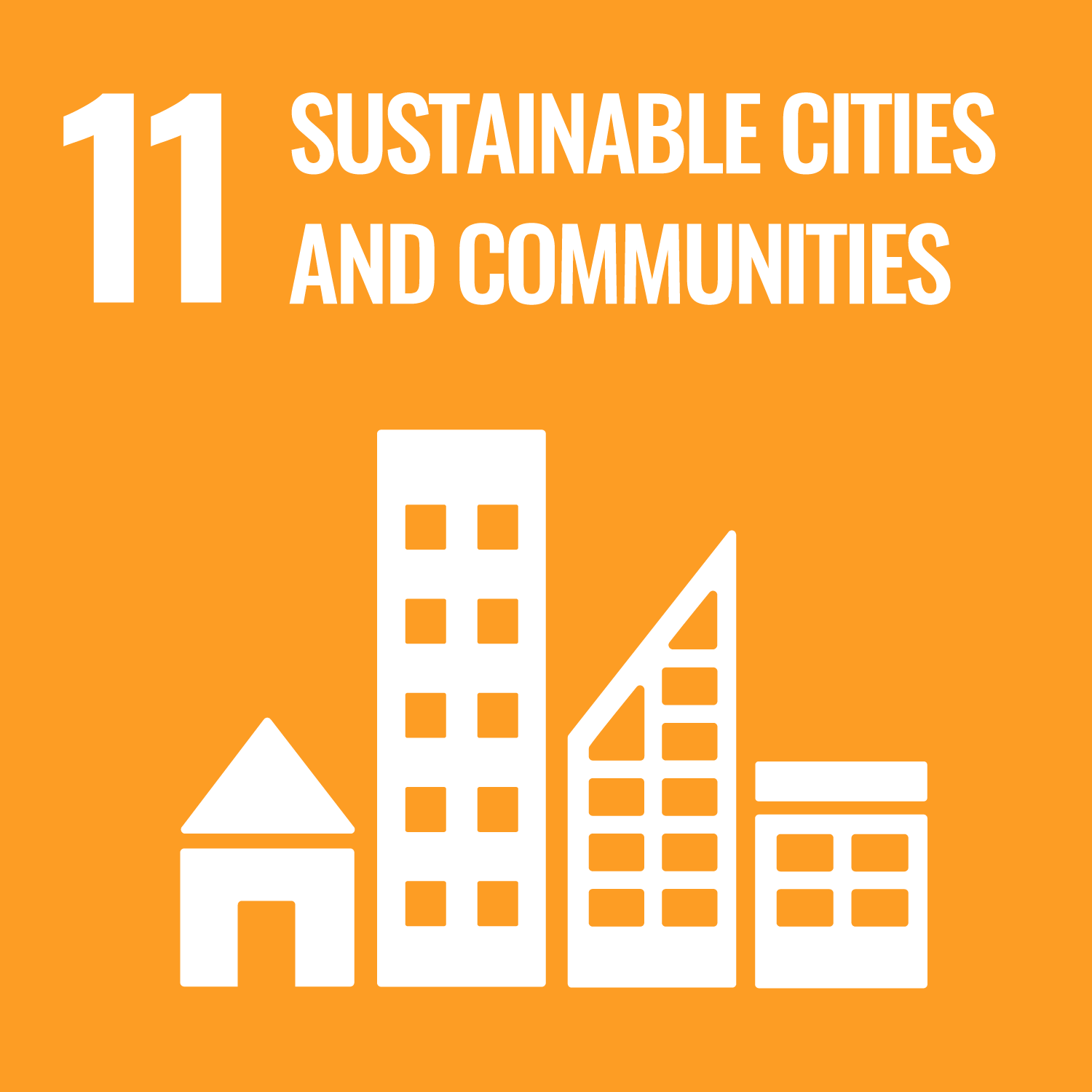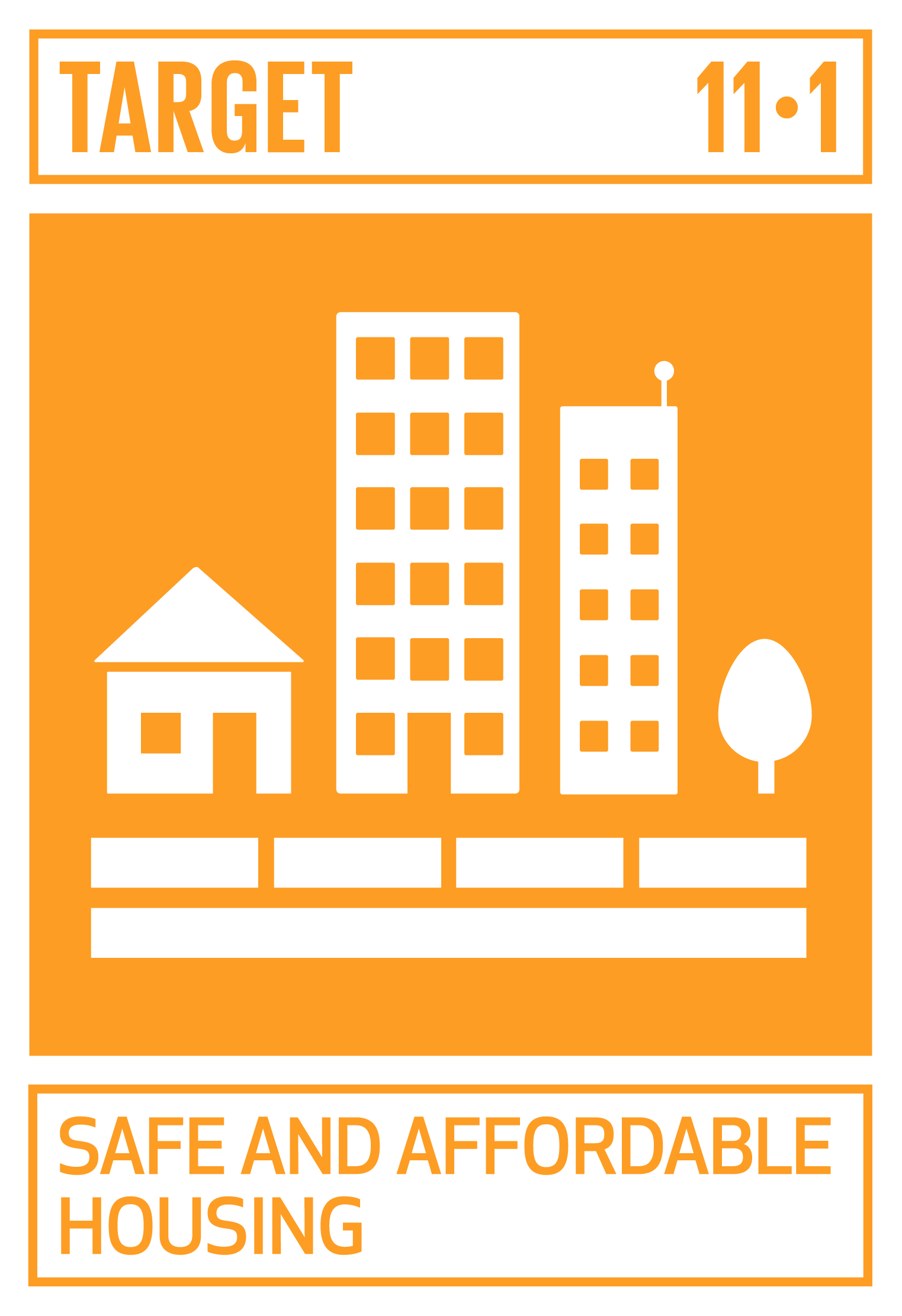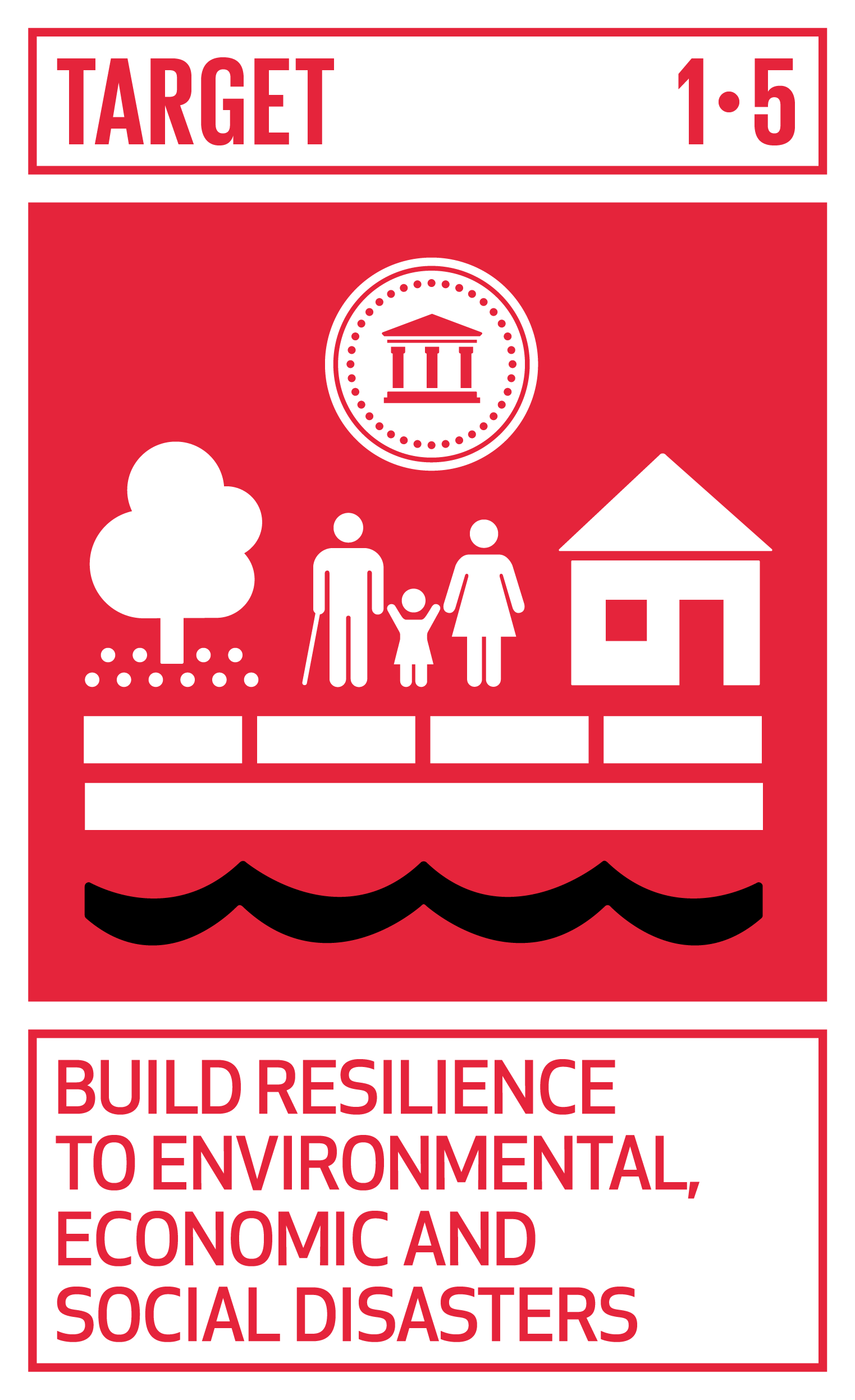Outline
It is estimated that more than one billion people worldwide reside in slums or informal settlements, with the vast majority in low- and middle-income countries (LMICs).
These communities are dynamic and particularly vulnerable to environmental and man-made hazards, yet there is a major lack of reliable geospatial data to monitor how such neighbourhoods
and the number of their residents evolve over time, and how they are exposed to multiple hazards. Our project aims to address this gap by developing new EO-based methods to map the dynamics
of settlements with informal morphologies, and their population, using freely available or low-cost satellite imagery and Machine Learning/Deep Learning techniques.
Furthermore, the project will generate consistent high-resolution spatial data though the design of a framework deriving indicators of hazard susceptibility at the neighbourhood level.
This will support more inclusive urban planning, and progress towards global development goals.



